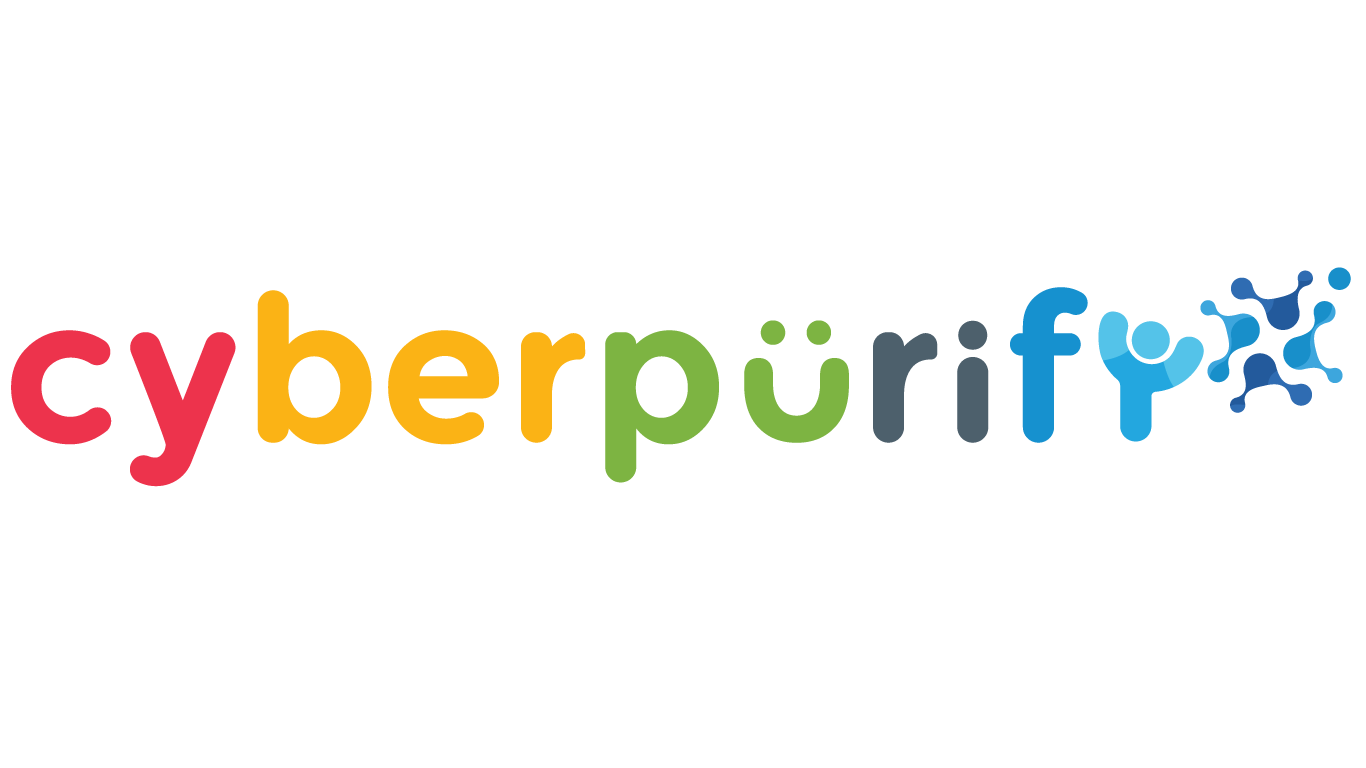The gender identity terms and sex-related terms are evolving rapidly, and they may continue to be updated while you’re reading this. When your child reaches the age of first curiosities about gender and sexual orientation, acquiring and updating information about this is particularly essential.
Below are 11 gender identity terms that we believe, are important in the education of your children, especially when they enter puberty, the age when there are psychological and physiological changes. Besides, not only for educational purposes, learning about gender identity terms will help you and your child avoid norms and misunderstandings about these rather sensitive aspects.
11 basic gender identity terms
Gender
Refers to the attitudes, feelings and behaviors that culture perceives about a person’s biological sex. Behavior that is compatible with cultural norms is called normative behavior. Behaviors that are considered incompatible with the norms are called gender non-conformity.
Gender role
The model of appearance, personality and behavior, in a certain culture and era, defining what makes on a male or female. A person’s gender role depends on the historical and cultural context in which the individual lives.
Sex
Biological sex refers to a person’s biological status (from birth) and is often classified as male, female, or intersex (i.e. characteristics that do not match the typical definition of either male or female).


Gender identity
Gender identity is the deeply inherent perception of a person claiming to be a male, female, or another gender, such as queer, gender non-conformity. Gender identity may or may not correspond to an individual’s biological sex or a person’s primary or secondary sexual characteristics. Since gender identity is internal, it is not necessarily being shown publicly.
Gender expression
The expression of an individual’s gender, including appearance, clothing as well as behavior that imparts aspects of gender or gender roles. Gender expression may or may not be consistent with a person’s gender identity.
Bicurious
A term that describes a person who is still wondering whether he has feelings or sexual feelings with someone of the same sex or of the opposite sex.
Affirmed gender identity
The sex of a person who is determined after coming out as a transgender person or a person who is undergoing a medical transition process, etc.
Gender non-conformity
Describing individuals whose behavior differs from their biological sex. However, it should be noted that not everyone who shows the way of dressing and behaving differently from biological sex will consider themselves transgender or desire to change their gender.


Sexual Orientation
Sexual orientation refers to the gender to which a person is sexually and emotionally attracted. They may be attracted to people of the same sex (gay or lesbian), the opposite sex (heterosexual), and both sexes (bisexual).
Transgender
A term that encompasses gender identity differences, in which a person’s biological sex is assigned from birth that does not match their gender identity. However, not everyone with gender-nonconforming behavior like dressing, communicating will recognize themselves as transgender.
Gender identity and sexual orientation are different
Transgender people, like cisgenders, can have sexual attraction towards men, women, both sexes or neither. Like most people, transgender, cisgenders, often experience their gender identity (who they feel they are) and their sexual orientation (who they are attracted to) as two different experiences.
Many transgender people experience a change in the gender they are attracted to, which means sexual orientation may be more complex and dynamic than imagined.
You might also find this helpful:















